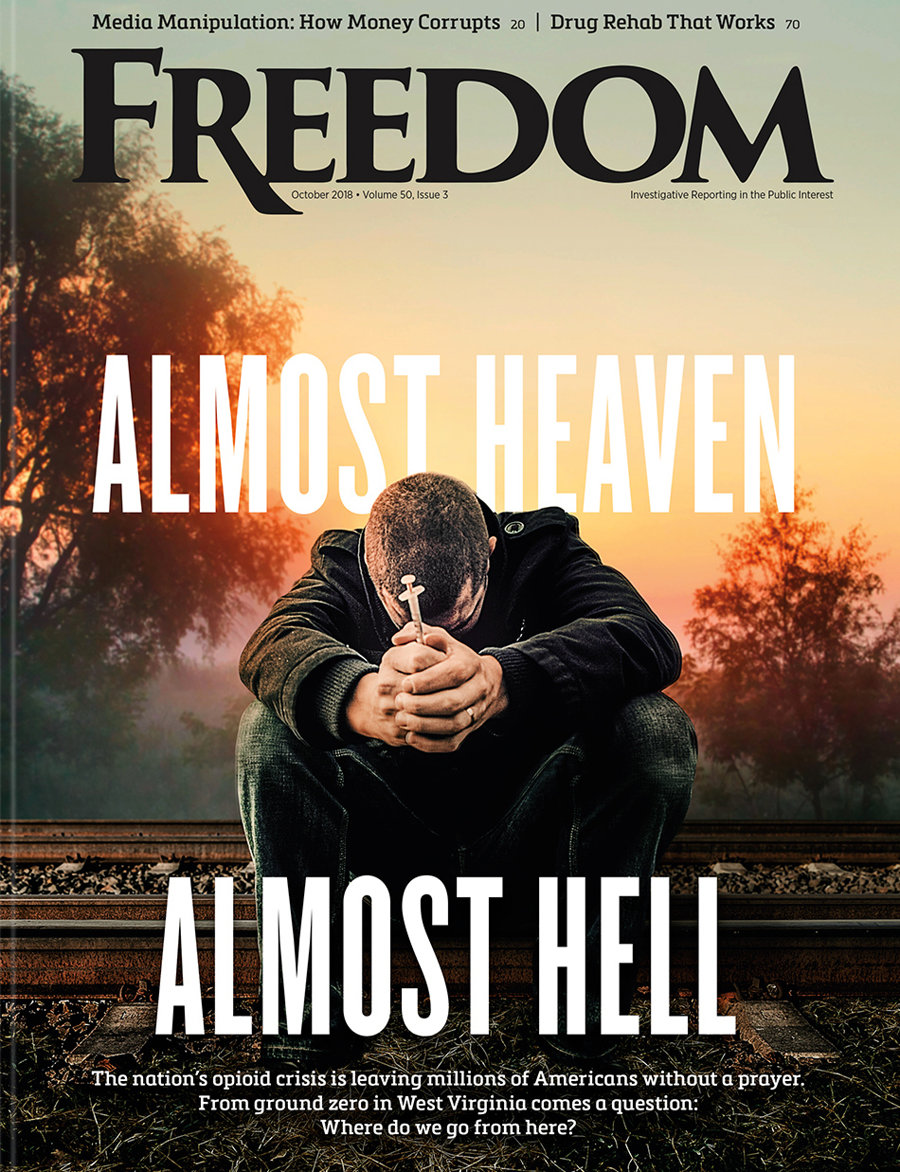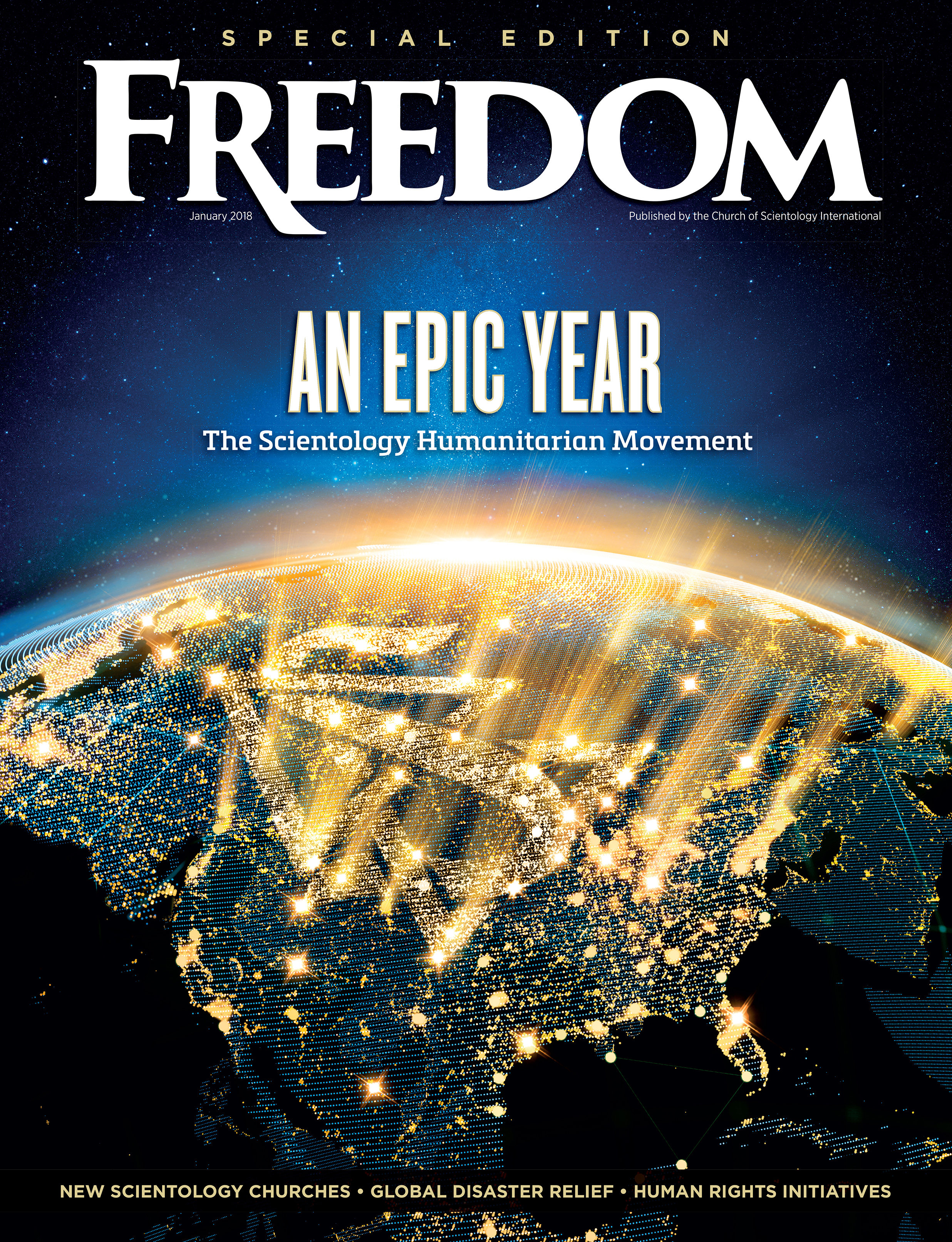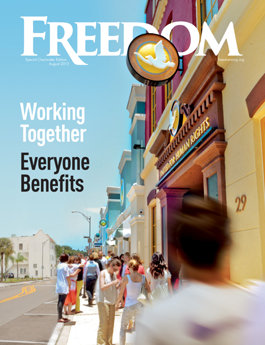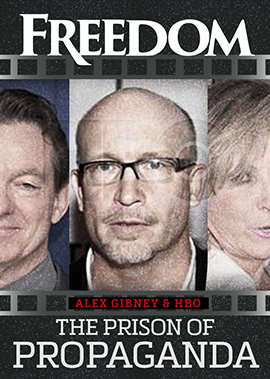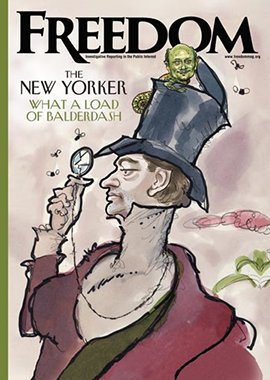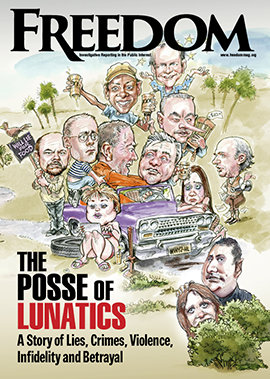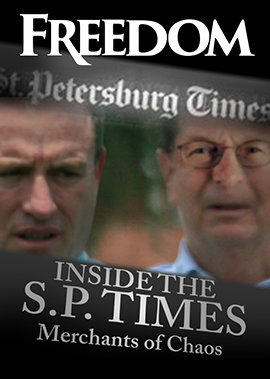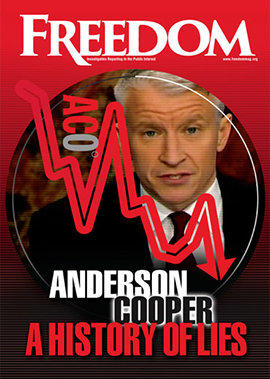A recent study by the Alcohol Research Group, a program of the Public Health Institute, published in the Journal of Studies on Alcohol and Drugs (JSAD), found that a shocking 160 million Americans are harmed by a loved one’s use of alcohol or drugs, or both.
That’s over a third of the entire US population.
This is the first such study ever done on the collateral damage of drug and alcohol use—similar to the increased cancer risks faced by someone exposed to secondhand smoke—and the numbers are staggering. In a nationwide survey of 7,800 people, one in three said they were harmed by a loved one’s drinking, while over one in 10 said they were harmed by a loved one’s drug use. When results are extrapolated to the US population, that adds up to 113 million hurt by a close person’s drinking, and 46 million by drug use.
Everybody suffered. The study was society-wide: 51.6 percent female, 12.9 percent Black and 15.6 percent Hispanic, with an average age of 48.
“We often don’t consider how alcohol and drug use affect people other than the person using them.”
“There are more harms than people think,” study co-author William Kerr, of the Alcohol Research Group of the Public Health Institute, said. “They affect families, relationships and communities.”
Harmful effects, the study notes, included traffic accidents, vandalism, physical harm, financial issues and family or marriage problems.
The study also determined those most likely to suffer harm from alcohol and drug abuse: women, whites, those separated, divorced or widowed and others who themselves abuse alcohol.
Overall, 34.2 percent of respondents suffered from others’ abuse of alcohol, 5.5 percent suffered from others’ abuse of cannabis, 7.6 percent from opioid abuse and 8.3 percent from the abuse of other drugs.
Even worse, that damage can be lethal, according to the National Institutes of Health, which found that children of alcohol abusers have a higher risk of early death when compared to kids never exposed to alcohol abuse.
“Early life exposure to problem drinking increases the risk of death throughout the life course through multiple mechanisms,” the study states. “Children who live with an alcoholic parent may be at higher mortality risk as adults because they were raised in a risky family environment. Alcoholic adults may provide less parental supervision, be more likely to neglect or abuse children and be less foresighted about and active with disease prevention and health promotion.”
These deaths often occur from cancer, chronic lower respiratory diseases and accidents. The study says, “Poorer health behaviors of individuals exposed to problem drinkers in childhood explains a large portion of their elevated risks of death.
“These findings indicate that exposure to problem drinking in childhood elevates mortality risk in adulthood, in large part through health-damaging behaviors, such as smoking, heavy drinking and reckless driving.”
And if children are exposed to alcohol abuse before birth, the study states, “prenatal exposure to alcohol can lead to fetal alcohol spectrum disorders, which are permanent and include a range of conditions including intellectual disabilities, impaired vision and hearing, compromised heart and kidney function, and such behavioral problems as poor impulse control.”
“We often don’t consider how alcohol and drug use affect people other than the person using them,” Dr. Erika Rosen, an associate scientist of the Alcohol Research Group, said. “It is critical to understand how far these harms extend into our communities so we can develop more effective policies and interventions to better support both the individual and those around them.”
The Church of Scientology stands solidly behind the eradication of substance and alcohol abuse and has the goal of a drug-free world.
Scientology Founder L. Ron Hubbard prophetically said, “The planet has hit a barrier that prevents any widespread social progress: drugs and other toxic substances.
“These can put people into a condition that not only prohibits and destroys physical health, but which can prevent any stable advancement in mental or spiritual well-being.”
With Narconon drug rehabilitation centers across the globe using the groundbreaking discoveries of Mr. Hubbard, and the development and dissemination of literature and multimedia education materials in more than 180 countries through the Church-supported Truth About Drugs program, the Church is doing its part in the battle against substance abuse.
And clearly, it’s never been more important.






